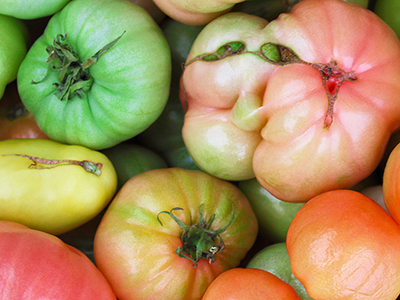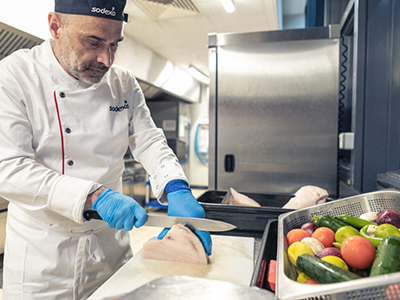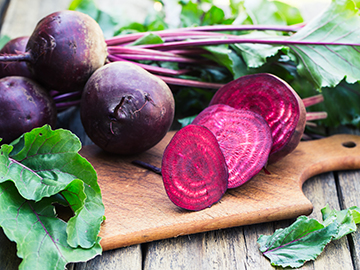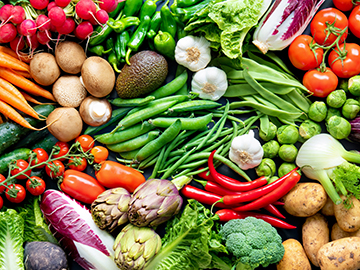With nearly 1/3 of food produced around the world ending up as waste, food waste is clearly a huge problem and we all have a role to play in reducing as much of it as possible.
We run a campaign called WasteLESS week every year in October on our sites all around the world. The objective of the campaign is to empower our employees, clients and consumers to find ways to cut down on waste, through competitions and initiatives, and to highlight our continued company efforts in this space.
Here are some of the great ways our teams have found to reduce food waste:
- Creating something from food that would otherwise be discarded: This could be by making soups, juices and smoothies from parts of vegetables and fruits that wouldn’t normally be used, or bruschetta from bread past it’s best. Getting creative in the kitchen can save lots of food from going to waste.
- Re-distributing excess food: Finding a new home for food which would normally be thrown out is a great way to reduce food waste. Excess food can be donated to a local charity, foodbank or sold at a reduced price. One such initiative is in the UK where 246 ‘Waste not want not’ bags were sold off to consumers, thereby reducing food waste by 600kg (the approximate weight of an adult cow!) across seven convenience shop outlets.
 Rescuing “wonky” fruit and vegetables: As a combination of initiatives one and two, our teams in the UK have joined forces with WasteKnot and a co-operative of farmers to rescue surplus and misshapen fruit and veg for use in recipes across our sites. Committing to a regular order of wonky produce (and using it!) is a great way to reduce food waste. Find out more in this article.
Rescuing “wonky” fruit and vegetables: As a combination of initiatives one and two, our teams in the UK have joined forces with WasteKnot and a co-operative of farmers to rescue surplus and misshapen fruit and veg for use in recipes across our sites. Committing to a regular order of wonky produce (and using it!) is a great way to reduce food waste. Find out more in this article.- Re-using what would normally be thrown out: For example, used coffee grounds are often thrown away, but they make a fantastic fertilizer! Our teams have installed a separate bin to collect coffee grind waste, and then either use it to fertilize the on-site gardens or for consumers to use at home.
- Trying a taster sample: Some of our teams have introduced taster samples on sites to minimize plate waste, whilst others have involved consumers in taste-testing new products before committing to a large order.
- Starting with a small portion: Our eyes are often too big for our stomachs. Offering recommended portion sizes and smaller plates, with the option for consumers to come back for more, are both ways that our teams on site have been reducing food waste on our consumers plates.
- Cooking to order: By cooking to order, rather than batch cooking, and switching to smaller pans when we do batch cook, our teams have been able to reduce leftovers. Some sites have also been able to introduce pre-order apps which enable the on-site teams to better manage food quantities as well as making sure customers do not have to wait for their order.
 Measuring how much food is being wasted: Our WasteWatch program enables our teams to measure how much food is being wasted to adjust forecasting and kitchen processes in order to reduce food waste whilst simultaneously educating our employees and consumers. The program has been deployed across 27.6% of our sites in 26 countries. Find out more in this article.
Measuring how much food is being wasted: Our WasteWatch program enables our teams to measure how much food is being wasted to adjust forecasting and kitchen processes in order to reduce food waste whilst simultaneously educating our employees and consumers. The program has been deployed across 27.6% of our sites in 26 countries. Find out more in this article.- Avoiding waste beyond food: Whether it’s re-usable containers for takeaway, re-useable cups and bottles, or removing the trays given to customers to carry their plates on to save the water and power it takes to clean them. Whilst it’s not strictly food waste, every little helps when it comes to the planet.
- Raising awareness & thinking of new ideas together: Introducing a suggestion board for food waste tips and ideas, holding a food waste quiz, collecting leftover bread for a certain period of time to show the volume of leftovers and publishing food waste pledges are all ways to encourage idea sharing, increase awareness of food waste and find new ways to reduce waste even further.
Find out more about the different ways we are



